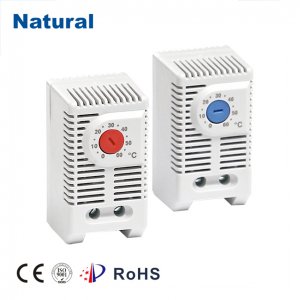Differential thermostats, often referred to as differential temperature controllers, play a crucial role in maintaining temperature stability in various industrial and domestic applications. They are designed to monitor and control the temperature difference between two separate points, ensuring optimal performance under varying conditions. This article aims to provide a detailed understanding of the working principles, applications, and advantages of differential thermostats.

Working Principles of Differential Thermostat Differential thermostats work based on the principle of thermoelectricity, where a temperature difference generates an electric potential. The core component of a differential thermostat is a sensor that measures the temperature difference between two points. This sensor typically consists of two thermocouples connected in series, with each thermocouple measuring the temperature at a specific point. When a temperature difference occurs between the two points, it creates a voltage difference across the thermocouples. This voltage difference is then amplified and processed by the thermostat’s control circuitry. The control circuitry compares the measured temperature difference with a setpoint value and adjusts the system’s heating or cooling elements accordingly to maintain the desired temperature difference.
Leave a Reply